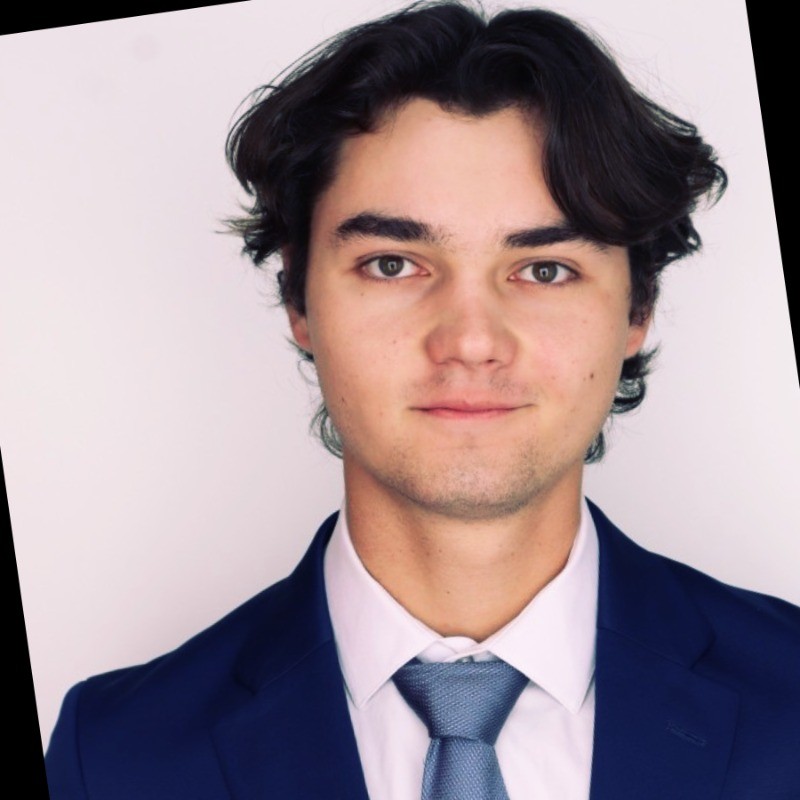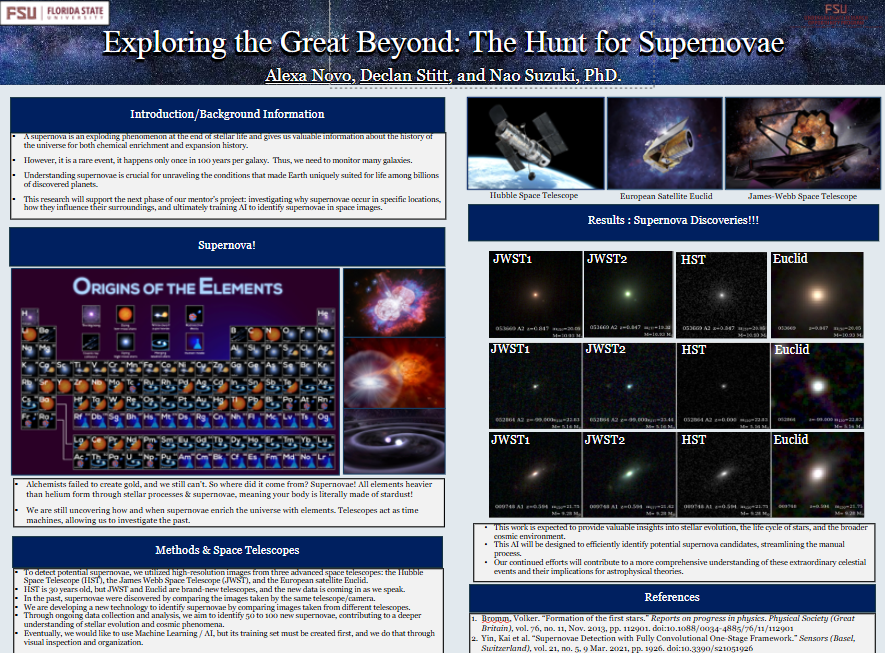Research Symposium
25th annual Undergraduate Research Symposium, April 1, 2025
Declan Stitt Poster Session 2: 10:45 am - 11:45 am/ Poster #279

BIO
Hello! I am Declan Stitt, an undergraduate pursuing an Environmental Science degree at Florida State University.
I have a strong passion for the outdoors and its conservation. My key focus is on coral reefs and ensuring the protection of its biodiversity. Spending most of my life on the water I have seen firsthand how these ecosystems are being impacted, driving my passion towards its protection.
Throughout my time at Florida State University, I have developed classroom experience in classes such as coral reef ecology and marine conservation biology. This is complemented by my engineering work experience with AECOM and research experience with UROP helping me develop into someone who will excel in the scientific research field.
A few activities I enjoy personally are playing ice hockey, wakeboarding, and mountain biking. I also love to spend time outdoors participating in a variety of activities such as hiking, camping, and fishing.
Exploring the Beyond: Hunt for Supernovae
Authors: Declan Stitt, Nao SuzukiStudent Major: Environmental Science
Mentor: Nao Suzuki
Mentor's Department: Physics Mentor's College: Arts and Sciences Co-Presenters: Alexa Novo
Abstract
Cosmology is the field of study that combines physics and astronomy to better understand the universe that surrounds us. Our research focuses on supernovae– cataclysmic stellar explosions that serve as cosmic laboratories for studying fundamental physics, the expansion of the universe, and the formation of heavy elements essential for life. Although supernovae help measure cosmic distances and reveal extreme space conditions, they are difficult to detect, making their study both important and challenging. To detect them, we utilize the James Webb Space Telescope (JWST), the Hubble Space Telescope, and the European Satellite Euclid to capture high-resolution images of our galaxy. These images are processed using SAOImage, a software tool that allows us to mark and identify potential supernovae by comparing new observations to old data, ensuring novel discoveries. To improve accuracy, those with coding experience write codes into a different system to account for previously identified supernovae. Our goal is to train AI to predict where and when supernovae might appear, which could also lead to the discovery of other celestial objects. With continuous data collection, we anticipate identifying 50-100 new supernovae, advancing our understanding of stellar evolution and cosmic phenomena.
Keywords: Supernova, Space, Telescopes, Discoveries, Universe


